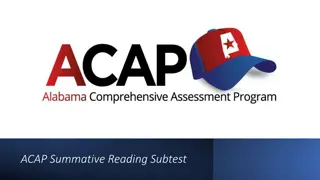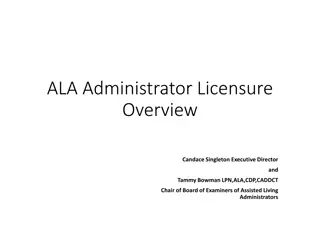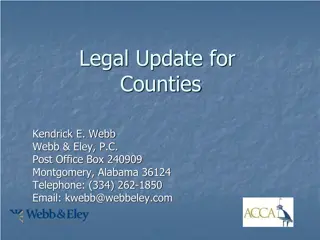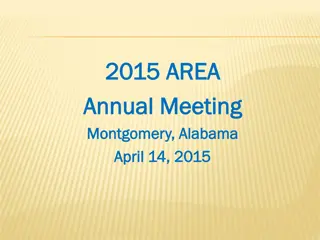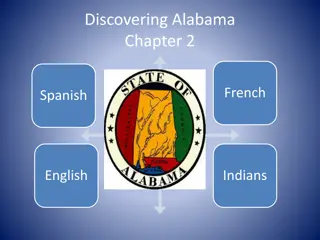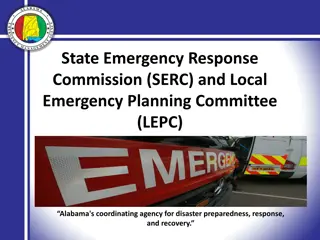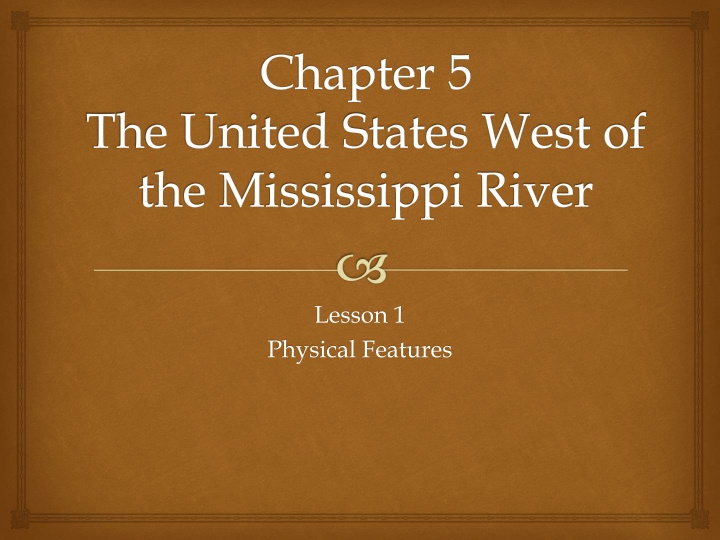
Exploring Physical Features and Bodies of Water in the United States, West of the Mississippi River
Discover the diverse physical landscapes, bodies of water, and climates in the western region of the United States, from the rolling Great Plains to the active volcanoes of the Cascades. Learn about the unique features of the Rocky Mountains, plateaus, and rivers like the Columbia and Colorado. Explore the vast Pacific Ocean, the Great Salt Lake, and iconic lakes such as Tahoe and Mead. Understand the varied climates shaped by coastal mountain ranges and the rain shadow effect.
Download Presentation

Please find below an Image/Link to download the presentation.
The content on the website is provided AS IS for your information and personal use only. It may not be sold, licensed, or shared on other websites without obtaining consent from the author. If you encounter any issues during the download, it is possible that the publisher has removed the file from their server.
You are allowed to download the files provided on this website for personal or commercial use, subject to the condition that they are used lawfully. All files are the property of their respective owners.
The content on the website is provided AS IS for your information and personal use only. It may not be sold, licensed, or shared on other websites without obtaining consent from the author.
E N D
Presentation Transcript
Chapter 5 The United States West of the Mississippi River Lesson 1 Physical Features
Physical Landscape 1. Are the Great Plains flat? No, they are gently rolling lands that slope downward toward the east. 2. What makes the Rocky Mountains a cordillera? The Rockies are made up of dozens of parallel mountain chains 3. What mountain range near the Pacific coast still has active volcanoes? The Cascades have some active volcanoes
4. What is a plateau? A plateau is a large area of elevated fl at land 5. What landforms make up Alaska? Alaska is composed of mountain ranges, valleys, and lowland plains.
Bodies of Water 1. This is an enormous salt-water ocean that borders the West Coast of the United States and includes ports in San Diego, Long Beach, Los Angeles, Portland, Seattle, Tacoma, Valdez, and Honolulu. Pacific Ocean 2. This body of water borders Louisiana and Texas and includes ports in New Orleans and Houston. Gulf of Mexico 3. The largest salt lake in the Americas, this lake changes in size because of evaporation Great Salt Lake
4. This lake is located high in the Sierra Nevada mountain range. It is a popular place for boating and other types of water recreation. Lake Tahoe 5. This lake was formed when the Hoover Dam was built on the Colorado River. It is also a popular recreation area. Lake Mead 6. One of the most important rivers west of the Mississippi, this river begins in the Rocky Mountains and flows south and west to empty into the Gulf of California. Colorado River
7. Located north of the Colorado River, this river flows from the mountains into the Pacific Ocean. Columbia River 8. These two rivers run westward and feed into the Columbia River. Snake and Willamette Rivers 9. These five rivers flow eastward, and four of them empty into the Mississippi River. Missouri, Platte, Kansas, Arkansas, and Rio Grande Rivers
Climates of the Region 1. The United States west of the Mississippi River has a common climate. False The United States west of the Mississippi River has many different climates 2. Because of the rain shadow caused by coastal mountain ranges, areas to the east are drier than the areas to the west of the mountains True
3. The Great Plains has three different climate types: semi- arid, humid continental, and humid subtropical. TRUE 4. Alaska has mostly cool and cold climates with temperatures warmer in the north and colder in the south. FALSE The temperatures in Alaska are moderate in the south and colder to the north 5. The climate in Hawaii is mostly warm and dry. False Hawaii has a tropical rain forest climate with high temperatures and high rainfall.
petroleum Natural gas Wind power Energy Resources Ethanol (corn- based fuel) Hydroelectric power (damned rivers)
gold lead silver Minerals zinc copper
timber Other resources Fertile soil Natural beauty




